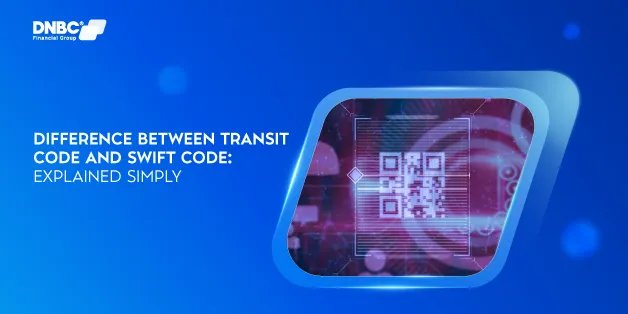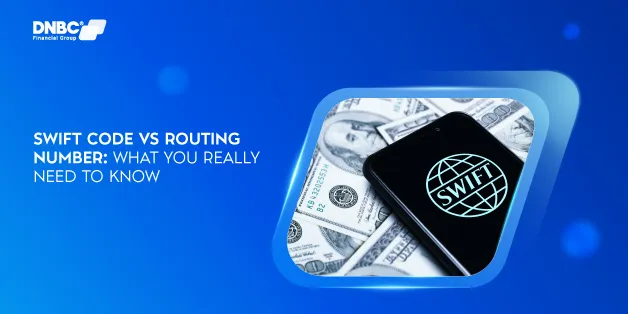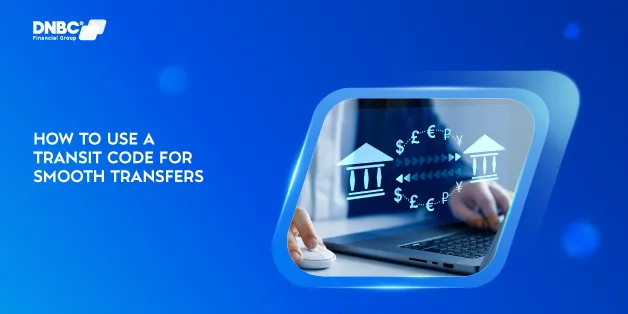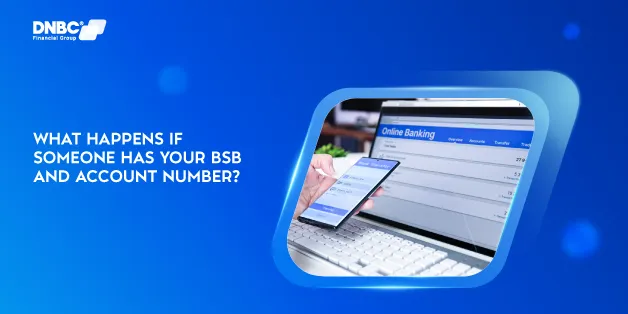- Home
- Blog
- Personal Finance
- Global transaction: A comprehensive look at international payments
Global transaction: A comprehensive look at international payments
Personal Finance
19 January 2024
DNBC Team
This article is a part of DNBCGroup Blog Center
Contact DNBCGroup for the technology news, tips, trends, and updates.
In our interconnected world, international payments have become popular. International payment seems a must for many reasons. These activities encompass sending money to family abroad or making online purchases. Additionally, they involve conducting business with international partners.
With fintech development, you have various payment options to choose from. Let's take a comprehensive look at international payment systems. Additionally, we'll explore some tips for international payments in 2024.
Some popular options of international payments
In 2021, as reported by Financial Times, there was a 35% decline in cash transactions. This decline in cash usage, coupled with the persistent shift towards digital payments.
This boosts the rise of cashless payment methods. It’s a better opportunity than ever for alternative payments.
We will discover some of the most popular international payment methods as follows.
International payment through debit cards
The debit card market covers Asia-Pacific, Europe, America, the Middle East, and Africa.
According to Yahoo Finance, anticipated at a compound annual growth rate of 1%, the debit card market can reach $96.84 billion by 2026.

Credit cards are popular all over the world. They offer a convenient and secure way to make payments.
Credit cards provide rewards programs for earning points or cash back. They come equipped with enhanced security features to guard against unauthorized charges. Responsible credit card use can contribute to building or improving your credit score.
However, credit cards entail high fees for international transactions. They also involve varying interest rates on unpaid balances. The risk of accumulating debt is another concern. Uncontrolled spending can result in financial challenges, including late payments and penalties.
Bank transfer
The annual value of global international money transfers can range from $15 - $27 trillion.
The volume and value of international bank transfers will grow in the coming years due to:
- Increasing global trade and investment.
- Rising adoption of online and mobile banking services.
- Growing remittance flows between developed and developing economies.
This is because bank transfers offer a secure means of conducting transactions. They allow users control over the process. They are suitable for diverse purposes, providing clear and documented financial records. It can be cost-effective for large transactions, particularly internationally.

However, bank transfers may be slow, and their fees can vary. Accessibility is narrow, and some banks have minimum transfer requirements. The process is complex, requiring detailed information and specific steps. Once getting started, bank transfers lack flexibility. This makes it challenging to cancel in case of errors.
Fintech innovations may disrupt traditional bank transfers with faster and cheaper payment solutions.
Wire transfer
Wire transfers are famous for their prompt completion, usually within a few hours or a day. This makes them ideal for urgent payments.
Global cross-border wire transfers could be worth trillions annually.

There is a growth for wire transfer demand in the coming years, attributed to factors such as:
- Increased global trade requiring fast and secure fund movement.
- Growing demand for quick transactions in international business and financial markets.
- Advances in technology potentially making wire transfers faster and more efficient.
Wire transfers ensure safety and reliability through encrypted networks and verification processes. They also provide a transparent transaction record as proof of payment.
Additionally, wire transfers provide a convenient online process, streamlining transactions through financial institutions.
However, wire transfers can be costly, with added expenses for taxes or exchange rate fluctuations. Wire transfers can take a risk of fraud or scams, as funds cannot be retracted once sent.
Moreover, wire transfers may be subject to limitations by the policies and regulations. They can be the restrictions on the amount, frequency, or purpose of the transfer. Additional documentation or verification requirements may further contribute to potential delays or inconvenience.
Money transfer services
The global money transfer services market was valued at $865.5 billion in 2023. It’s expected to reach $1,252.4 billion by 2029. The average transaction size for money transfer services is around $300 - $500. (source: World Bank)
Money transfer services are shaping the landscape of financial transactions globally. These services offer accessibility. They allow funds to be sent or received without requiring a traditional bank account.
You can get quick access to funds, especially beneficial for urgent financial needs. The user-friendly platforms make it easy to initiate and track transactions from the comfort at home.
Additionally, money transfer services boast a global reach, even in isolated areas. Some services also offer lower fees.

Users must be mindful of the fees associated with these services. Less favorable exchange rates can also impact the overall cost of transactions.
Security concerns persist, despite the implementation of security measures. Users should be cautious to protect their financial information.
Transfer limits imposed by money transfer services can be restrictive. This is particularly true for users with larger transaction needs.
The reliance on technology may cause disruptions like system outages. This can temporarily impact the initiation or receipt of transfers.
4 tips of making abroad payment smooth in
In the ever-evolving world of international payments, staying ahead of the curve is crucial. It can save you time, money, and hassle.
Here are some useful tips for international payments:
Master fintech
Explore alternative platforms
Move beyond traditional banks. Consider fintech startups with innovative and often cheaper solutions for international payments. Look for features like faster transactions, lower fees, and improved transparency.
Mobile paymentsEmbrace the global rise of mobile wallets, which can offer convenient and secure cross-border transfers.
Prioritize efficiency
Compare fees
Don't settle for the first option. Compare fees and exchange rates by different providers. This will help you find the most cost-effective solution.. Remember, hidden charges can lurk, so read the fine print!
Consider timingTransactions can be affected by currency fluctuations. Analyze market trends and plan your transfers strategically to maximize cost-effectiveness.
Know your limitsUnderstand any transaction limits set by your chosen provider to avoid delays or complications.
Security first
Double-check recipient details
Typos or missing information can cost you dearly. Always double-check recipient details before finalizing a transaction.

Phishing scams targeting international payments are on the rise. Stick to trusted providers and be wary of unsolicited offers or overly attractive rates.
Utilize security featuresOpt for providers with strong security protocols like two-factor authentication and data encryption.
Stay informed
Keep up with the latest regulations
International payment regulations can change quickly. Stay updated to avoid compliance issues and potential delays.
Monitor new technologiesThe fintech landscape is constantly evolving. Follow industry trends and explore new solutions that can offer better convenience and cost savings in the future.
DNBC Financial Group: a solution to international payment
DNBC Financial Group serves as a typical money transfer service, providing international payments in over 130 countries.
With a focus on businesses and individuals, we apply user-friendly platforms and advanced technology. Our service prioritizes convenience, allowing easy initiation and monitoring of transactions. Its global reach enables cross-border transactions, connecting users worldwide.
DNBC Financial Group is an optimal choice for businesses and individuals to transfer money internationally.
Your Trusted Partner
In your Digital
Journey
Free 1 - on -1 support
Free account opening fees
No hidden fees
Note: The content in this article is for general informative purposes only. You should conduct your own research or ask for specialist advice before making any financial decisions. All information in this article is current as of the date of publication, and DNBC Financial Group reserves the right to modify, add, or remove any information. We don’t provide any express or implied representations, warranties, or guarantees regarding the accuracy, completeness, or currency of the content within this publication.
Related posts

Difference Between Transit Code and SWIFT Code: Explained Simply
01 October 2025

Swift Code vs Routing Number: What You Really Need to Know
01 October 2025

How to Use a Transit Code for Smooth Transfers
01 October 2025

What Happens If Someone Has Your BSB and Account Number?
01 October 2025

Sending Money from Australia to New Zealand: A Complete Guide
01 October 2025